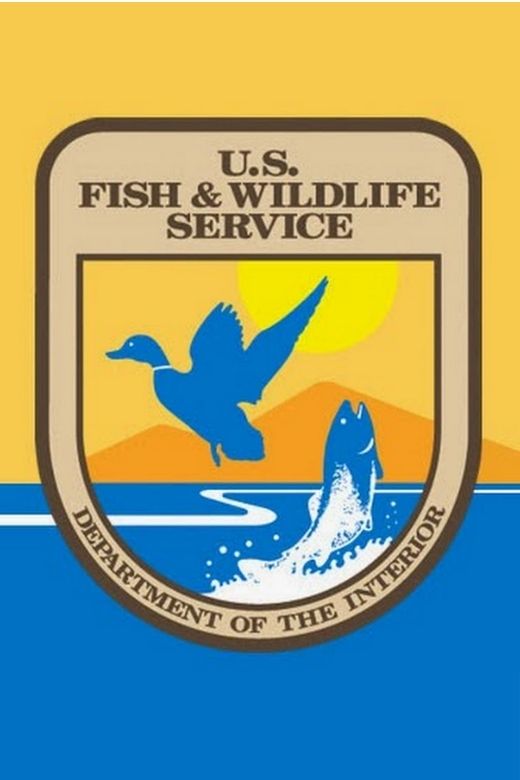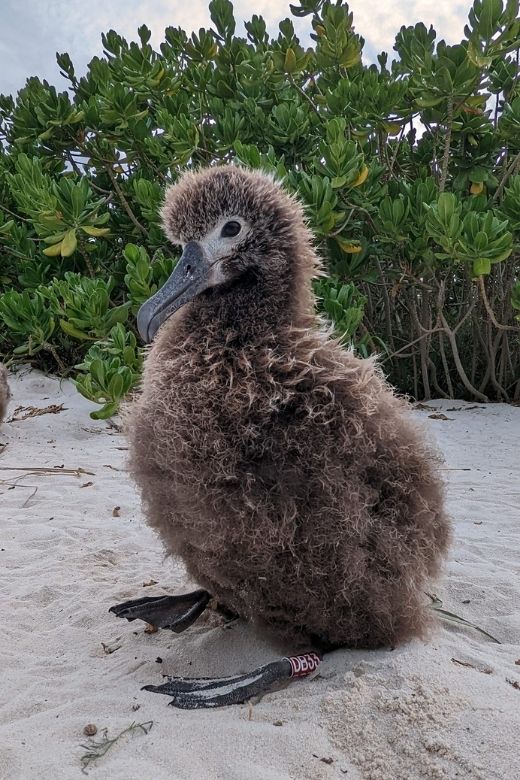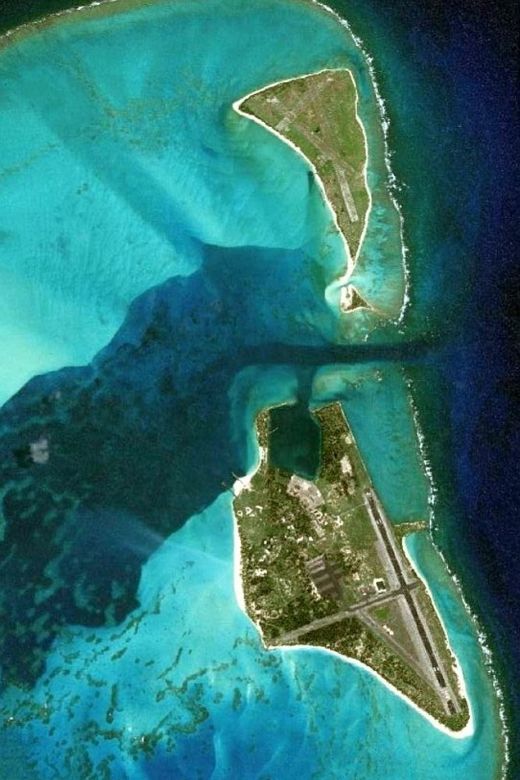World War II
The Battle of Midway: a Crucial Turning Point in the War
By 1940, the United States was preparing for the possibility of war and the stage was set for the most famous chapter in Midway Atoll’s history. In 1941, a Naval Air Station was commissioned and crews began constructing runways, power plants, barracks and a hospital. On December 7, 1941, after the Japanese attack on Pearl Harbor, Midway Atoll became the next target. A bombing attack resulted in the death of four Americans including First Lieutenant George Cannon who was the first marine in World War II to receive the Congressional Medal of Honor. Also hit were the hospital, seaplane hangar and power plant.
The Battle of Midway, from June 4-6, 1942, represented a critical turning point for the U.S. during World War II and resulted in a devastating defeat for the Japanese. Due to some masterful code breaking, the U.S. had advance notice of an imminent attack on Midway Atoll. Although U.S. attack teams were outnumbered and initially outmaneuvered by the more up-to-date Japanese aircraft, U.S. dive bombers eventually scored direct hits on the Japanese carriers causing massive damage and the sinking of all four ships. The Japanese Navy was never able to fully recover.
Several historic monuments commemorating the brave soldiers who fought and died during World War II have been erected on Sand and Eastern Islands. In September 2000, the Secretary of the Interior designated the lands and water of Midway Atoll National Wildlife Refuge as the Battle of Midway National Memorial.
Military Era – Post WWII
A Continuing Strategically Important Location
Midway Atoll continued its vital military role as a strategic location in the middle of the Pacific. It was a convenient refueling stop on transpacific flights as well as an important stop for Navy ships and submarines. By the late 1950s, the atoll became host to radar aircraft and crews that were part of the Distant Early Warning (DEW) system, designed to detect Soviet missile tests, with planes departing the island round the clock to survey the Pacific as far north as the Aleutian Islands. Midway Atoll also housed the Naval Communications Unit to enhance communications with other Pacific bases.
Until the late 1980s, Midway Atoll was a surveillance “listening post” using undersea cables and a hydrophone system to detect foreign submarines in the Pacific. The atoll was also the site of a secret meeting in 1969 between President Nixon and President Nguyen Van Thieu of South Vietnam. In 1978, the Naval Air Station Midway was re-designated as the Naval Air Facility and dependents began to depart the island. During the Cold and Vietnam Wars, as many as 5,000 people called Midway Atoll home. Extensive housing, schools and recreational facilities made Midway Atoll a full-fledged community.




